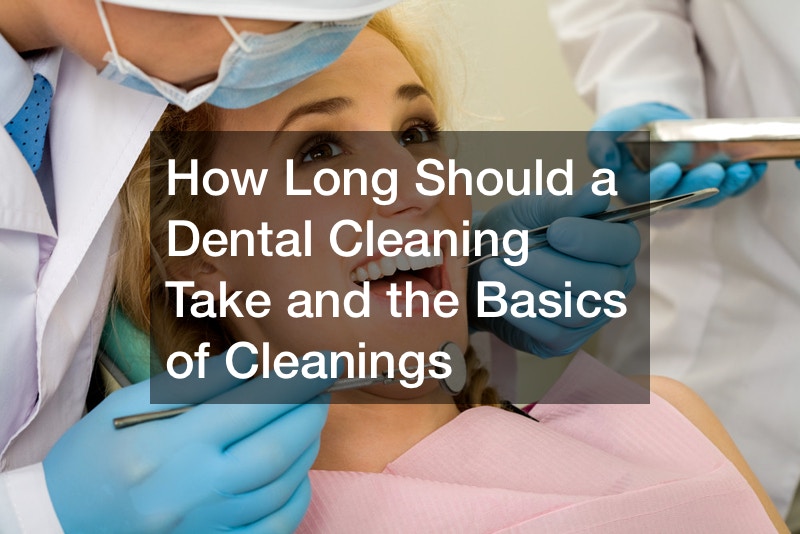If you have gummy teeth, your dentist will send you to a dental professional for further treatment.
Clean up Tartar and Plaque
While brushing can remove many plaques, some plaque remains even after proper hygiene. Plaque is a tacky clear layer produced through food and drinks as well as saliva. Plaque is a source of growth for bacteria that can cause cavities and destruction of your teeth. The dentist may have to remove wisdom teeth to substitute these. In addition, if the tooth is located under the gum line it could lead to periodontal (gum) condition.
As time passes, plaque hardens and turns into tartar. The tartar should be eliminated through a dentist such as a dental hygienist for a cleaning of your teeth. Dentists use specific tools (scalers) to gently remove tartar and plaque along the gum line, and also from the teeth. This is known as scaling, and scalers help clean every tooth to eliminate stains and build-up. The dentist then rinses the area to wash away any blood or plaque. If plaque has built up beneath the gum line the area needs to be cleaned thoroughly. cleaning.
Polishing
The next stage of the cleaning process involves polishing. Dental hygienists use the mildly abrasive prophylaxis paste to clean your teeth. Following that, the hand-held electric device will be utilized to polish your teeth. Prophylaxis paste assists to smoothen the teeth’s surface and prevent the build-up of plaque and helps to make your gums more protected.
Flossing
The second step that your hygiene professional will do to clean the teeth is flossing your teeth. It is important because flossing helps remove any remaining tartar or plaque off your teeth. It is contingent on how great your oral hygiene is, dental professionals advise you to clean your teeth every six months. However, it’s probably not a good idea to have them do so more than each time. If you’re suffering from bad oral hygiene, it’s likely that you will require dental implants. If you have your teeth cleaned
ir1rd266td.
